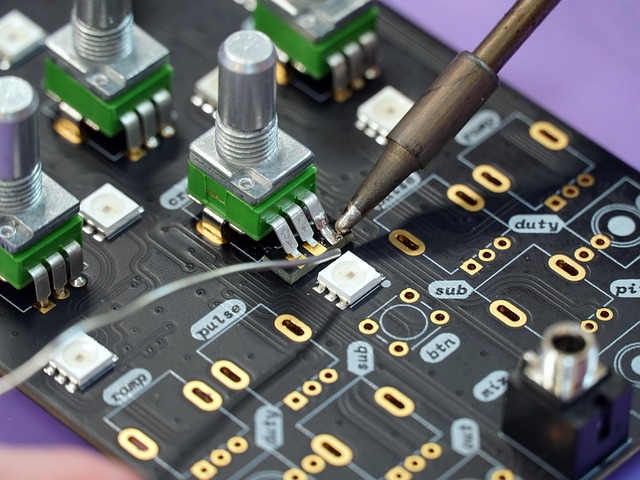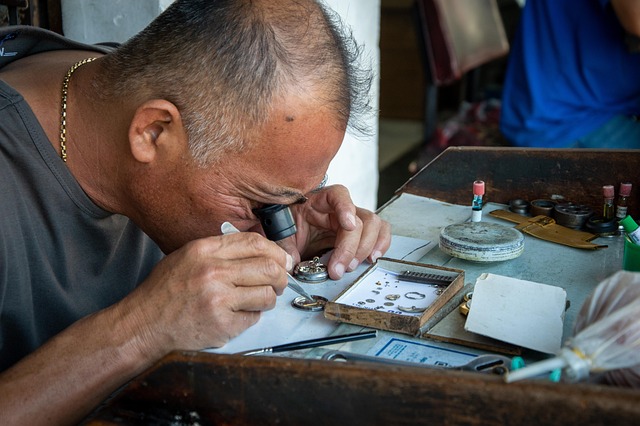Mercedes Memory Seat Technology relies on CAN Bus communication for features like memory settings and massage functions. Repairs require expertise in automotive electronics and Mercedes-specific systems, as network issues often cause faults. Diagnosis involves using a diagnostic scanner connected to the OBD-II port, checking error codes, and monitoring signal strengths. Common symptoms include erratic seat behavior and dashboard warning lights. Repairs involve inspecting electrical connections, replacing faulty modules or sensors, and in complex cases, consulting auto body restoration specialists for precision and optimal performance of Mercedes massage seats.
Mercedes massage seats are renowned for their luxury and advanced technology, but even these sophisticated systems can experience issues. When you encounter a fault in the CAN Bus communication, a complex network that controls various functions, repairing the Mercedes memory seat becomes necessary. This article guides you through the process, offering insights into understanding Mercedes memory seat technology and diagnosing CAN bus faults. We provide a step-by-step repair guide to ensure your Mercedes massage seat is back in top working order, focusing on practical solutions for an effective Mercedes massage seat repair.
- Understanding Mercedes Memory Seat Technology and CAN Bus Communication
- Diagnosing CAN Bus Communication Faults in Massage Seats
- Step-by-Step Guide to Repairing Mercedes Memory Seat After CAN Bus Issues
Understanding Mercedes Memory Seat Technology and CAN Bus Communication

Mercedes Memory Seat Technology is a sophisticated system that offers drivers unparalleled comfort and convenience. These seats are equipped with advanced sensors and actuators that work in harmony to remember and replicate desired seating positions. The heart of this system lies in its communication network, specifically the Controller Area Network (CAN Bus). This digital protocol enables various car components to exchange data, ensuring seamless coordination for features like memory settings, massage functions, and lumbar support adjustments.
Understanding CAN Bus Communication is key when tackling Mercedes massage seat repairs after faults occur. The CAN Bus acts as a central nervous system, facilitating communication between the seat control module, the vehicle’s computer, and other electronic control units (ECUs). When a fault arises, it often stems from issues within this network, such as damaged wiring, faulty connectors, or corrupted data packets. Diagnosing and rectifying these problems requires expertise in both automotive electronics and Mercedes-specific systems, ensuring not just a functional repair but also maintaining the vehicle’s overall integrity, akin to providing top-tier car paint services for a scratch that could compromise its protective finish.
Diagnosing CAN Bus Communication Faults in Massage Seats

Diagnosing CAN Bus communication faults in Mercedes massage seats involves a systematic approach to pinpointing the issue accurately. The first step is connecting a diagnostic scanner to the vehicle’s OBD-II port, which allows access to real-time data from various systems, including the comfort and entertainment modules controlling the seat functions. With this tool, technicians can retrieve error codes, monitor communication protocols, and track signal strengths between the control unit and sensors.
One common symptom indicating a CAN Bus problem is erratic behavior in the massage seats, such as sudden changes in settings or complete failure to respond to commands. Other signs include illuminated warning lights on the dashboard related to seat controls or inconsistent operation of other comfort features. Auto body shops specializing in Mercedes repairs often employ advanced diagnostic techniques and replacement parts to resolve these faults, ensuring the seamless functionality and comfort of the vehicle’s massage seats.
Step-by-Step Guide to Repairing Mercedes Memory Seat After CAN Bus Issues

Diagnosing and repairing a Mercedes memory seat with CAN Bus communication faults requires a systematic approach. Begin by examining the seat’s electrical connections, ensuring they are secure and free from corrosion. Next, use diagnostic tools to check for errors in the CAN Bus system, pinpointing the exact cause of the issue. If damage is evident, consider a frame straightening service to restore structural integrity—a crucial step before any component replacement.
Proceed with replacing faulty modules or sensors identified during diagnosis, ensuring proper installation and security. For complex cases, consult with auto body restoration specialists who can offer expert advice and perform advanced diagnostics. Remember, addressing CAN Bus communication faults demands precision and expertise; a meticulous repair process guarantees the Mercedes massage seat’s optimal performance and longevity, treating vehicle owners to a seamless experience.
The journey to repairing a Mercedes memory seat after CAN bus communication faults can seem daunting, but with a thorough understanding of the technology and a systematic approach, it’s achievable. By mastering the art of diagnosing CAN bus issues specific to Mercedes massage seats, you’ll be equipped to undertake this repair, potentially saving time and money. Remember, a successful fix not only restores your vehicle’s comfort features but also highlights your DIY capabilities. So, armed with knowledge and the right tools, take on this challenge as a testament to your automotive expertise, ensuring your Mercedes remains a symphony of comfort and convenience.














